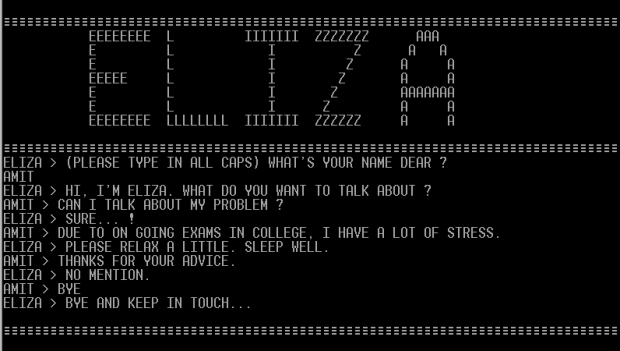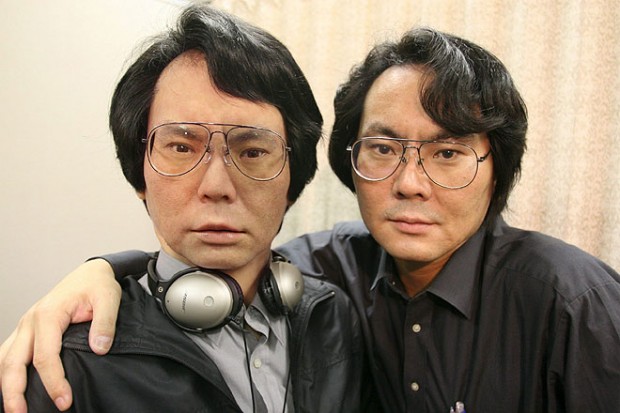Turn taking is a natural part of conversation that we subconsciously engage in order for the discourse to flow. Here is an example:
A: “Good morning”
B: “Morning. How are you? Good weekend?”
A: “Yes thanks, and you? How was Brighton?”
For the Cambridge main suite speaking exams, candidates are assessed on their turn-taking ability under the criteria of ‘Interactive Communication’. In other words, this means the candidates’ ability to:
- Interact with the other candidate easily and effectively.
- Listening to the other candidate and answering in a way that makes sense.
- The ability to start a discussion and keep it going with their partner/s.
- The ability to think of new ideas to add to the discussion.
Along with the onslaught of technological advances came advance in automated responses from portable digital devices. These conversational agents or dialogue systems are capable of single interactions or up to 6 task-oriented turns. An example of these dialogue agents would be Siri, and an example of a talk-oriented interaction would be: “Siri call Dad”.
Chatbots are not a ‘new’ invention per say. Eliza, created between 1964-1966 at the MIT was a natural language processing computer programme that demonstrated the same characteristics of chatbots day, but on a less sophisticated scale, and with less complex interaction. The aim of chatbot builders is to create natural language processing programmes that replicate human-human interaction by enabling more turns and therefore extended conversations.
The interesting challenge then becomes, how to use each turn as a springboard for the next, and ensure that each one prompts a response that has been pre-programmed, in order not to receive a generic message like: “I’m sorry, but I’m not sure what you mean by that”, when the user is expressing a specific request or a expressing a turn that is not recognised. More about chatbots soon!



